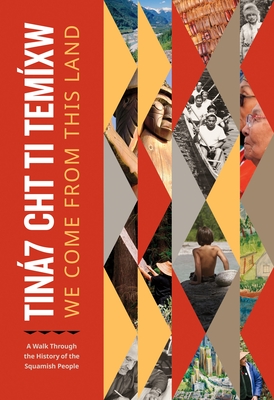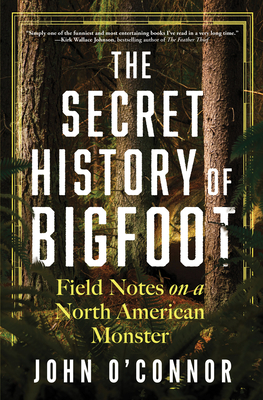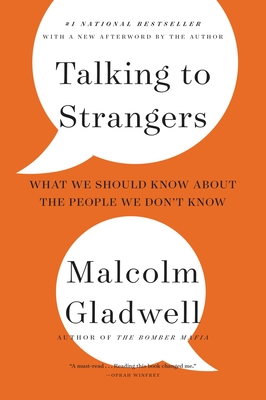Description
A story of the Sḵwx̱wú7mesh Úxwumixw (Squamish Nation): past, present, and future.
One hundred years after Sḵwx̱wú7mesh (Squamish) leadership signed an amalgamation agreement that declared several communities in Squamish territory as one nation, this accessible history of the Sḵwx̱wú7mesh people traces our stories from ancient times to the present. Tiná7 Cht Ti Temíxw: We Come from This Land offers the culmination of generations of knowledge about the Squamish People and Sḵwx̱wú7meshulh Temíx̱w (Squamish People’s Territory).
Today, we are over 4,100 people and growing, living within Sḵwx̱wú7meshulh Temíx̱w and beyond. Our 6,732-square-kilometre territory includes the watersheds of the Squamish River, Mamquam River, and Howe Sound in the north, and English Bay, False Creek, and Burrard Inlet in the south. It encompasses saltwater and rushing rivers, old-growth forests at valley bottoms, and alpine forests high above the ocean.
Oral histories and archaeological sites demonstrate our relationship with the lands and waters going back over twelve thousand years. Here, we introduce ancient Squamish stories and ways, as well as describe relationships with our neighbours from time immemorial. We discuss early contact with Europeans and the disastrous effects of racism and colonialism, the Indian Act, reserves, and residential schools. We detail our engagement with the imperfect tool of the Canadian judicial system in several significant court cases that have advanced Indigenous rights. And we show how the Squamish Nation is taking back ownership and stewardship within our homelands.
Tiná7 Cht Ti Temíxw: We Come from This Land is a powerful introduction to our vast history and a launching point for discovering more about the different places, people, and stories offered here.
About the Author
Squamish Nation: The Squamish Nation, as a government, has existed since 1923. In our language, we are called Sḵwx̱wú7mesh Úxwumixw. Prior to 1923, the Squamish People were socially, economically, and politically organized into several physical communities called an úxwumixw ("village; people") in the territory of the Squamish People.
The territory of the Squamish People includes the Burrard Inlet, English Bay, False Creek, and Howe Sound watersheds. While historically the Squamish People had a tradition of dual residencies between the Howe Sound Watershed and the English Bay or Burrard Inlet watershed, the majority of our people live on the North Shore of Vancouver in three communities in West Vancouver and North Vancouver and approximately 10 percent of our population living in communities along the Squamish River in Squamish, British Columbia.
The Squamish Language is spoken today by dozens of Squamish People as a second-language. It has been learned from our elders who held onto the knowledge of the language after a significant decline in the population of first-language speakers. The language is unique from the language of neighbouring Indigenous Peoples, but considered part of the Coast Salish language family, and part of the wider Salishan language family.
Our people's history spans many millennia of living and governing our territory. The oldest archaeological site in the territory of the Squamish People is 8,600 years old at Porteau Cove in the Howe Sound. Our oral literature speaks to our origins as a people in our lands through the stories of first ancestors of the Squamish People. Our people consider ourselves descendants of those first Squamish ancestors who were made or appeared in different parts of Squamish territory.
Squamish culture has been created from our lands, waters, and people over generations. Our people continue to practice many of the traditions, customs, and ways of our ancestors and pass them onto future generations.
The modern era of Squamish Nation history started in 1923 when a majority of the Squamish People who were eligible voters at the time all voted to request the Federal Department of Indian Affairs amalgamate several different Indian Bands with Squamish People into a single entity called the Squamish Nation. The amalgamation request was approved and all accounts were merged, all Indian Reserve lands were to be held by the single entity, and all Squamish People were to receive equal distribution of any revenue received from any of the 26 different Indian Reserve lands that belonged to all Squamish People.








